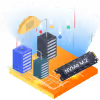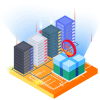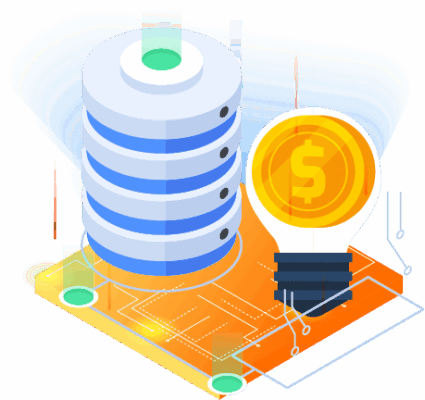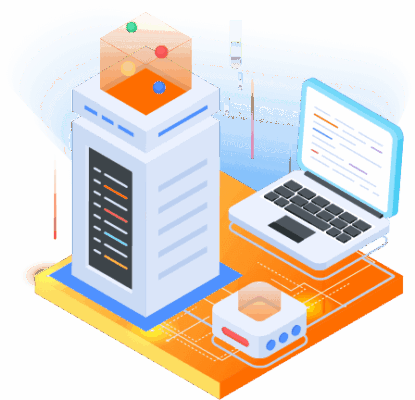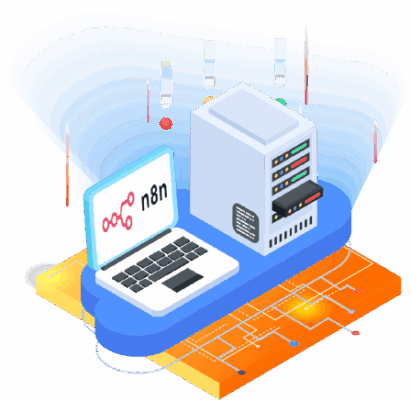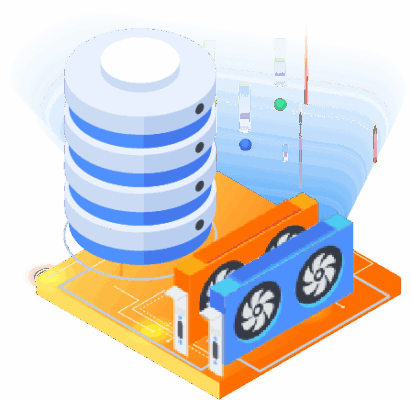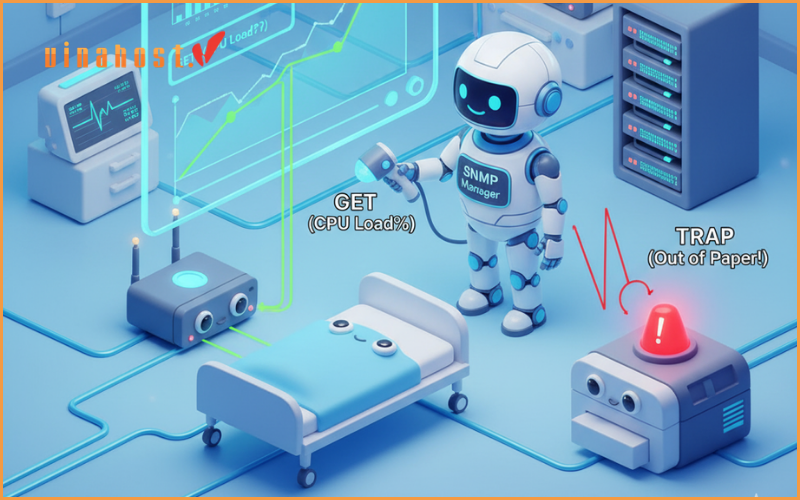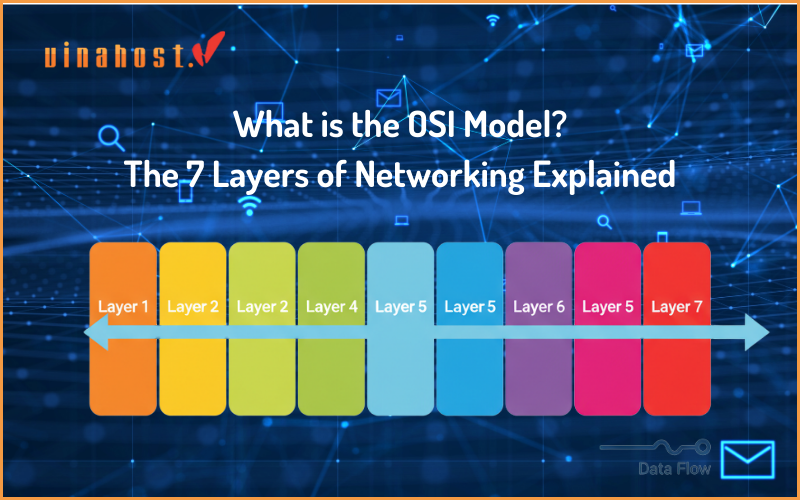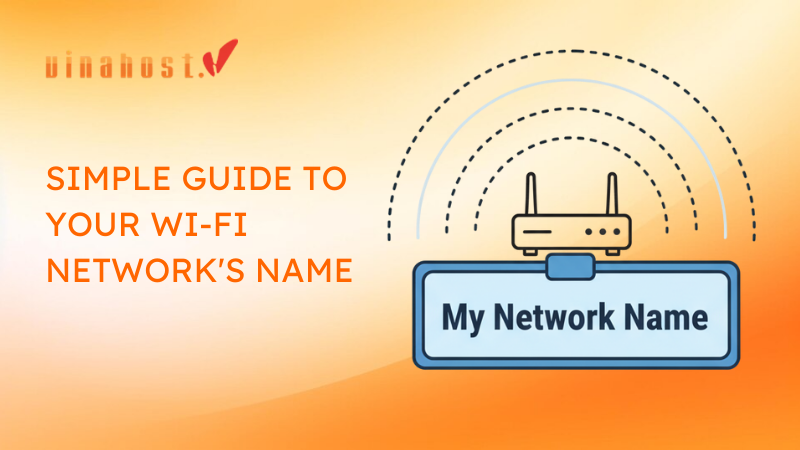You’ve probably seen the terms “IPv4” and “IPv6” in your router settings or while troubleshooting a network issue, but what do they actually mean? In the simplest terms, IPv4 and IPv6 are two versions of the Internet Protocol, which is the fundamental set of rules that governs how devices find and communicate with each other over the internet. Every single device – your phone, laptop, smart TV, even your smart fridge – needs a unique address to get online, and the Internet Protocol (IP) provides that address.
To understand the shift from one to the other, think of it this way: “IPv4 is like the world’s original phone number system. It was huge, offering millions of combinations, but we never imagined we’d need billions and billions of numbers for every person and every new gadget. IPv6 is the new, vastly larger system designed to ensure we never run out of numbers again.”
The internet has grown far beyond the wildest dreams of its creators. The old system is bursting at the seams, and a new one is steadily taking its place. This isn’t just a technical upgrade for network engineers; it has real-world implications for security, efficiency, and the future of the internet itself.
This comprehensive guide will break down the key differences between IPv4 and IPv6, explain the powerful benefits of the new version, and answer the practical questions every user has: Which one am I using? Do I need to do anything? And of course, is IPv6 actually faster?
1. What is IPv4?
At its core, IPv4 stands for Internet Protocol version 4. It was the first widely used version of the Internet Protocol and is the foundational technology that built the internet as we know it today.
IPv4 provides that unique address for every device on the internet. It’s a set of rules that ensures data packets – the small pieces of information that make up emails, websites, and videos get to their correct destination. Without this addressing system, the internet would be a chaotic mess where data would have no idea where to go.
In short, IPv4 is the original postal service of the internet, assigning a unique address to every device so it can send and receive information.
Here’s an example of an IPv4 address: 192.168.1.1

2. What is IPv6?
If IPv4 is the original addressing system that built the internet, then IPv6 is its modern, future-proof successor. In the simplest terms, IPv6 stands for Internet Protocol version 6, and it was designed for one primary reason: to solve the critical problem of running out of IPv4 addresses.
It’s a fundamental upgrade designed to make the internet more efficient, more secure, and ready for the trillions of devices that will connect in the coming decades.
Here’s an example of a typical IPv6 address: 2001:0db8:85a3:0000:0000:8a2e:0370:7334
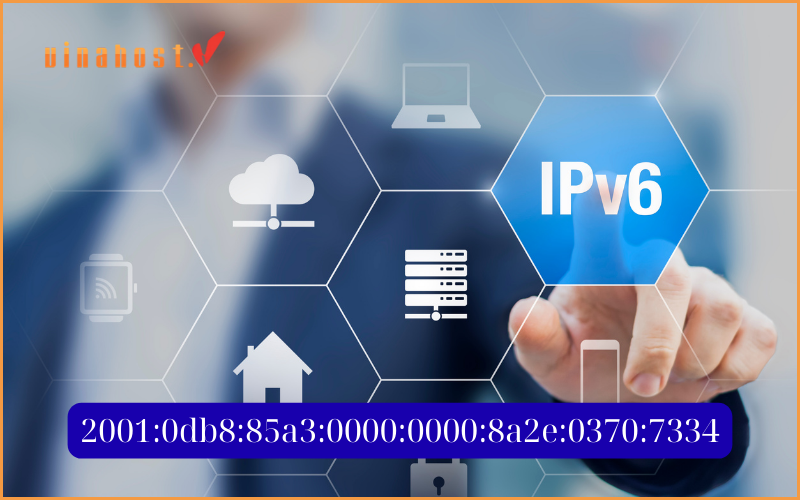
3. The Problem of IPv4 Address Exhaustion
To truly grasp the importance of IPv6, we have to travel back to the early days of the internet. IPv4 was standardized in 1981, a time when the internet was a small, experimental network primarily used by universities and military researchers. The idea of every person carrying a powerful computer in their pocket was pure science fiction.
IPv4 uses a 32-bit address system. In computing terms, this means it has a mathematical limit of 2^32 possible addresses, which comes out to roughly 4.3 billion unique addresses. In the 1980s, 4.3 billion seemed like an impossibly large number, more than enough for every computer that would ever exist.
But then, the world changed.
The explosion of personal computers in the 90s, the dot-com boom, the rise of broadband internet, and finally, the mobile revolution of smartphones and tablets completely shattered those early assumptions. Suddenly, it wasn’t just one computer per household; it was a laptop for every family member, a smartphone in every pocket, a smart TV in the living room, and a growing army of Internet of Things devices – from smart watches and security cameras to thermostats and light bulbs.
By the 2010s, the inevitable happened: we officially ran out of new, unassigned IPv4 addresses. The regional internet registries that hand out IP addresses had exhausted their pools. This created a major bottleneck for internet growth. How could new businesses, new data centers, and billions of new devices get online if there were no new addresses to give them?
This is where IPv6 comes in. It wasn’t an afterthought; it was the necessary, long – term solution designed to solve the address scarcity problem permanently. With its 128-bit address space, IPv6 offers a virtually limitless number of addresses, ensuring the internet can continue to grow and connect the next generation of devices without constraint.
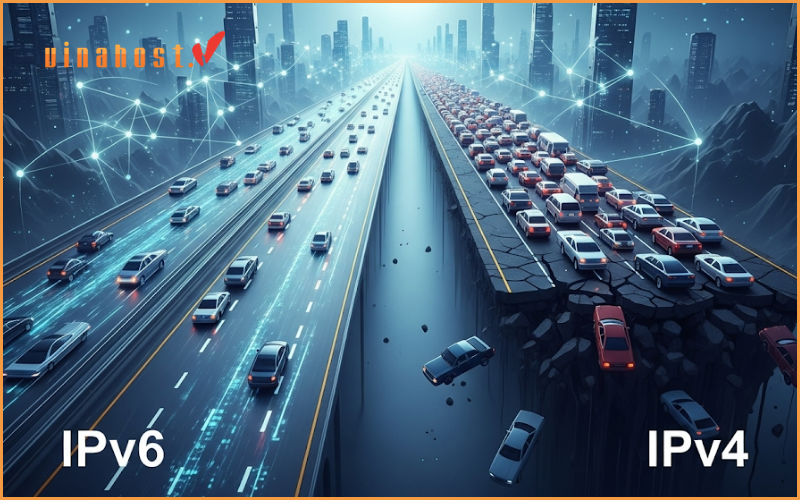
2. Head-to-Head Comparison: IPv4 vs IPv6 at a Glance
The easiest way to see the evolution from IPv4 to IPv6 is to compare their core features side-by-side. While the most famous difference is the address space, the improvements go much deeper, affecting how the modern internet functions.
Here’s a clear, scannable breakdown:
| Feature | IPv4 (The Original) | IPv6 (The Future) |
| Address Size | 32-bit binary number | 128-bit binary number |
| Address Format | Dotted-decimal (e.g: 192.168.1.1) | Hexadecimal with colons (e.g: 2001:0db8:85a3::8a2e:0370:7334) |
| Total Addresses | ~4.3 Billion | ~340 Undecillion (3.4 x 10^38) – effectively limitless |
| Address Config | Manual or stateful (via DHCP server) | Automatic (SLAAC) or stateful (DHCPv6) |
| Security | Security is an optional add-on (IPSec) | Security is built-in and mandatory (IPSec) |
| Routing | Large, complex routing tables; requires more router processing | More efficient routing due to simplified packet headers and hierarchy |
| Special Features | Uses NAT (Network Address Translation) to conserve addresses | NAT is no longer needed, allowing for true end-to-end connectivity |
| Packet Header | Complex header with variable options, slowing down routers | Simplified, fixed-length header for faster processing |
As you can see, IPv6 isn’t just a bigger version of IPv4. It’s a fundamental redesign aimed at building a more efficient, secure, and scalable internet for the future.
3. Beyond More Addresses: The Key Benefits of IPv6
The massive address space is the headline feature, but the real power of IPv6 lies in the technical improvements that fix some of the long-standing inefficiencies of IPv4. These upgrades are designed to make the internet work better under the hood.
3.1 More Efficient Routing
Every piece of data you send or receive online is broken down into small “packets”. Each packet has a header containing information like the source and destination IP addresses, which routers use to direct the packet to its final destination.
The IPv4 packet header is complex. It has a variable length and contains a number of optional fields that routers have to check. This processing, repeated billions of times a second across the internet’s core, adds a small but significant amount of overhead.
IPv6 dramatically simplifies this process. It features a fixed-length, streamlined packet header. All non-essential and optional information has been moved to extension headers that are only examined when needed. This means routers can process IPv6 packets much faster. They don’t have to waste CPU cycles figuring out how big the header is or checking for options. This leads to lower latency and more efficient use of network hardware, a critical advantage for the backbone of the internet.
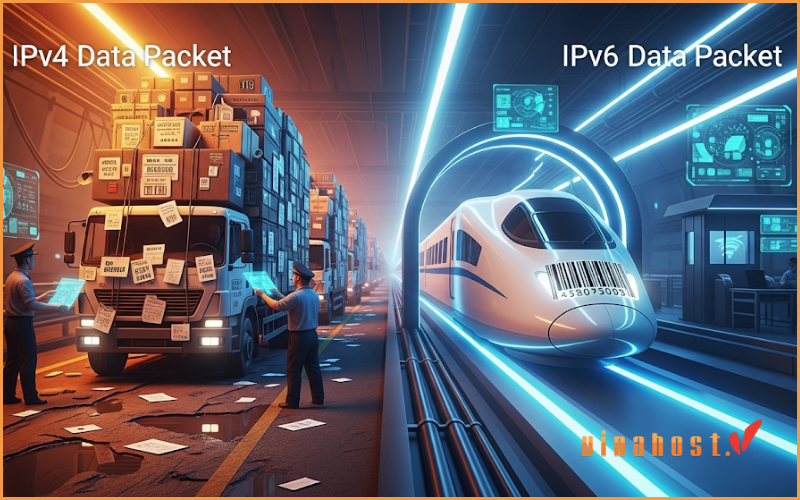
3.2 Built-in Security (IPSec)
In today’s digital world, security is not an afterthought – it’s a necessity. IPv4 was designed in an era of trust, and security features were bolted on later. The most common framework for this is IP Security (IPSec), which provides methods for authenticating and encrypting data packets. However, with IPv4, using IPSec is optional and often requires additional configuration or software (like a VPN).
IPv6 changes the game by making IPSec a mandatory, built-in component. While it’s still possible to not use encryption, the framework for it must be supported by any IPv6-compliant device. This creates a foundation for a more secure internet by default. It enables true end-to-end security, ensuring that data can be protected from the moment it leaves your device until it reaches its destination, without relying on intermediate applications.
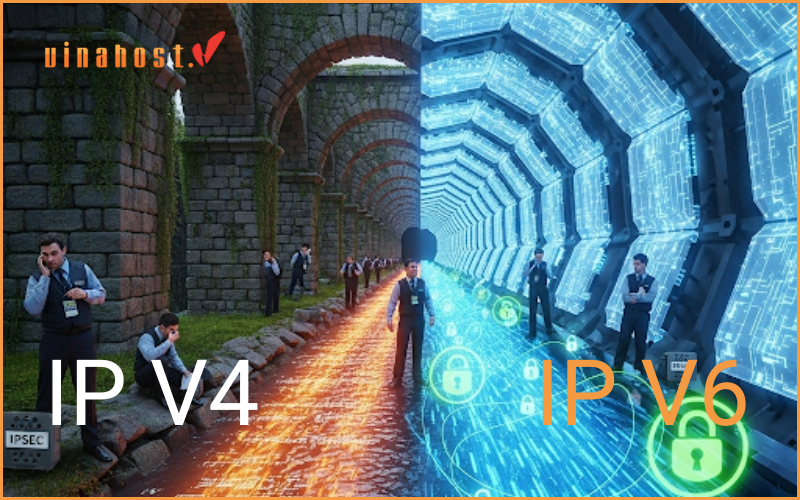
3.3 No More NAT (Network Address Translation)
If you’ve ever set up a home router, you’ve used NAT, even if you didn’t know it. Network Address Translation (NAT) was a clever workaround invented to deal with IPv4 address scarcity. Your router gets one public IPv4 address from your ISP, and then it creates a private network for all the devices in your home (using addresses like 192.168.1.x). When your laptop wants to access Google, the router “translates” its private address to the public one and keeps track of the conversation.
While functional, NAT breaks the original end-to-end principle of the internet. It adds complexity and can cause problems for applications that require direct connections, such as:
Online Gaming: NAT can create issues with hosting game servers or connecting directly to other players, often resulting in “Strict NAT Type” errors.
Peer-to-Peer (P2P) Connections: Applications like file-sharing or some video conferencing tools work much better with direct connections.
VoIP and Video Calls: Direct connections can reduce latency and improve call quality.
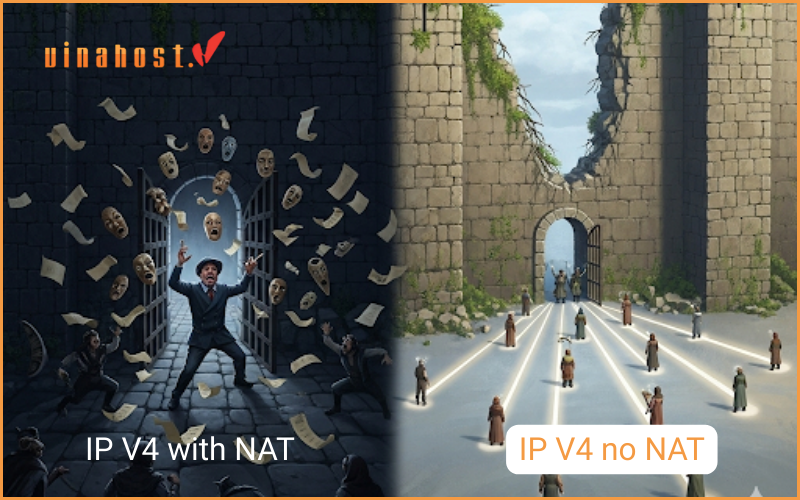
With its enormous address space, IPv6 eliminates the need for NAT. Every device can have its own unique, public IP address, restoring true end-to-end connectivity. This simplifies network architecture and can lead to better performance and reliability for a wide range of applications.
3.4 Stateless Autoconfiguration (SLAAC)
Setting up a device on an IPv4 network typically requires a DHCP (Dynamic Host Configuration Protocol) server. Your device sends out a request, and the DHCP server (usually running on your router) assigns it an IP address, a subnet mask, and a default gateway.
IPv6 introduces a much simpler method called Stateless Address Autoconfiguration (SLAAC). When an IPv6-enabled device connects to a network, it can essentially give itself a unique address. It listens for network information advertised by the local router and then combines that network prefix with its own unique hardware identifier (like its MAC address) to create a globally unique IP address.
This “plug-and-play” functionality makes network administration much easier, especially for large organizations and for a world filled with IoT devices that need to connect to the internet automatically.
3.5 IPv4 vs. IPv6 in Practice: Why It Matters for Hosting and VPS
Now that we understand the technical differences, let’s look at a real-world scenario where these protocols have a major impact: web hosting and Virtual Private Servers (VPS). When you launch a website, an application, or any online project, the type of IP address your server uses is critically important.
This is where the transition to IPv6 is not just a theoretical upgrade but a practical necessity with tangible benefits for developers, businesses, and website owners.
Future-Proofing Your Project: The internet is steadily moving towards IPv6. Mobile networks, in particular, are increasingly IPv6-first. By ensuring your server has a native IPv6 address, you guarantee that your project is accessible to all users, now and in the future, without relying on complex and sometimes slow translation layers.
IP Address Availability and Cost: The scarcity of IPv4 addresses is a real problem for hosting providers. Acquiring new IPv4 addresses has become expensive, and this cost is often passed on to the customer. Many providers now charge an extra fee for an additional IPv4 address. In contrast, IPv6 addresses are abundant and are often included with hosting packages at no extra cost, allowing you to scale your projects more affordably.
Performance and Direct Connectivity: As discussed, IPv6 eliminates the need for NAT. For a server, this is a significant advantage. It allows for true end-to-end connections, which can reduce latency and improve performance for services like online gaming, video conferencing, or IoT applications that you might run on your VPS.
Choosing the right hosting location is also crucial for reaching your target audience with low latency. For businesses and developers targeting audiences in Southeast Asia, deploying a VPS in a strategic location is a powerful strategy. It’s essential to select a provider that embraces modern network standards.
For example, a high-performance VPS in Malaysia with full dual-stack (IPv4 + IPv6) support gives your project the best of both worlds. It ensures legacy compatibility while harnessing the speed and efficiency of the modern internet to serve the vibrant Malaysian and regional markets.

Similarly, establishing a presence in an emerging digital economy requires robust, future-ready infrastructure. A VPS in Laos equipped with native IPv6 connectivity allows you to build a strong, scalable online presence in a rapidly growing region, confident that your service is built on a foundation ready for tomorrow’s internet.
When choosing your next VPS provider, always check for native IPv6 support. It’s a clear indicator that the provider is forward-thinking and invested in providing a high-quality, future-proof service.
4. Is IPv6 Actually Faster?
This is the question on every user’s mind. With more efficient routing and no NAT, IPv6 should be faster, right? The answer is nuanced: in many cases, yes, IPv6 is faster, but the difference may not always be dramatic.
The Theory:
On paper, IPv6 holds two key performance advantages:
No NAT Translation: The process of translating addresses in a NAT gateway takes a small amount of time and processing power. By eliminating this step, IPv6 removes a potential bottleneck, reducing latency.
Efficient Routing: The simplified packet header allows core internet routers to forward packets more quickly, which should, in theory, speed up data transit across the globe.
The Reality:
Real-world performance depends on more than just protocol design. It depends on the network path your data takes. Major content delivery networks (CDNs) and tech giants like Google, Facebook (Meta), and Netflix have been early adopters of IPv6. They have invested heavily in optimizing their IPv6 infrastructure.
Studies from companies like Akamai and Facebook have consistently shown that users connecting to their services over IPv6 often experience lower latency (a faster, more responsive connection). This is often because the IPv6 routing paths are newer, less congested, and more direct than the legacy IPv4 internet routes.
The Verdict:
For the average user browsing major websites, streaming video from top providers, or using popular apps, your connection is likely to be slightly faster and more responsive over IPv6. The difference might only be a few milliseconds, which you may not consciously notice, but it adds up to a smoother overall experience. However, the primary driver for IPv6 adoption remains address exhaustion, with the performance boost being a very welcome bonus.
5. What This Means For You: A Practical Guide for Home Users
All this technical talk is interesting, but what does it mean for your day-to-day internet use? The good news is that the transition has been designed to be almost entirely invisible.
Which Version Am I Using Right Now?
There’s a very simple way to check. Your computer and network are likely using both protocols at the same time.
To see for yourself, simply open your web browser and search for “what is my IP“ on Google or visit a dedicated testing site like test-ipv6.com.
In many cases, the results will show you both a public IPv4 address (e,g: 203.0.113.75) and a public IPv6 address (a long string of letters and numbers). If you see both, it means your ISP and home network are fully IPv6-ready.
Why Do I Have Both? The “Dual Stack” Approach
For the foreseeable future, the world will be running both protocols simultaneously. This is known as the “dual-stack” approach. Think of it as a bridge between the old internet and the new.
Your Internet Service Provider (ISP), your home router, your computer’s operating system (Windows, macOS, Linux), and your smartphone are all designed to handle both IPv4 and IPv6. When you try to visit a website, your device will check if that site is available over IPv6. If it is (and most major sites are), it will prefer to use the faster, more modern IPv6 connection. If the site is older and only has an IPv4 address, your device will seamlessly switch to using IPv4 to connect.

This dual-stack strategy ensures that nothing breaks. You can still access every part of the internet, whether it’s been upgraded to IPv6 or not.
Do I Need to Do Anything?
For 99% of home users, the short answer is: No, you don’t need to do anything at all.
The transition is handled automatically for you by:
Your ISP: They enable IPv6 on their network and deliver it to your modem.
Your Router: Any router manufactured in the last 7-8 years is IPv6-compatible and usually has it enabled by default.
Your Devices: Modern operating systems are all built with IPv6 as a core component.
The entire ecosystem is designed to make this transition as smooth and invisible as possible. You don’t need to change any settings, buy new hardware, or call your ISP. It just works.
6. The Future is IPv6
The transition from IPv4 to IPv6 is one of the biggest and most important infrastructure upgrades in the history of the internet. While it happens mostly behind the scenes, its impact is profound. IPv4 built the internet we know today, but it simply doesn’t have the capacity for the internet of tomorrow.
IPv6, with its limitless addresses, enhanced security, and greater efficiency, is the essential foundation for the future. It’s what will allow for the continued growth of the Internet of Things, the development of smart cities, connected vehicles, and innovations we haven’t even dreamed of yet. It ensures that the internet remains an open, scalable, and powerful platform for communication and connection for generations to come.
Related Articles
What is DHCP and How Does It Work?
Network Address Translation (NAT) Explained
How to Find Your Public and Private IP Address
What is a Router and What Does It Do?
 Tiếng Việt
Tiếng Việt English
English 简体中文
简体中文

















